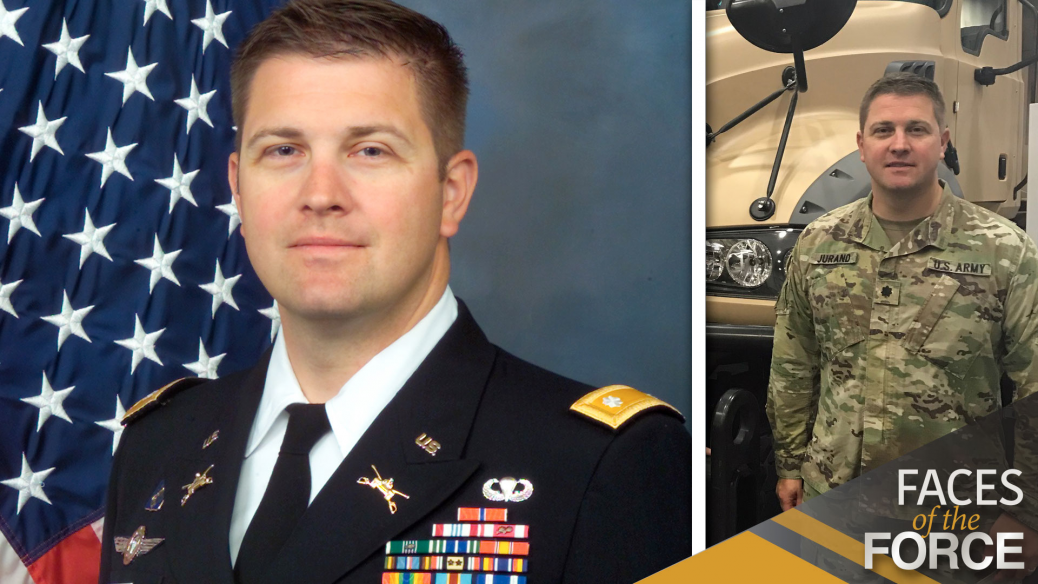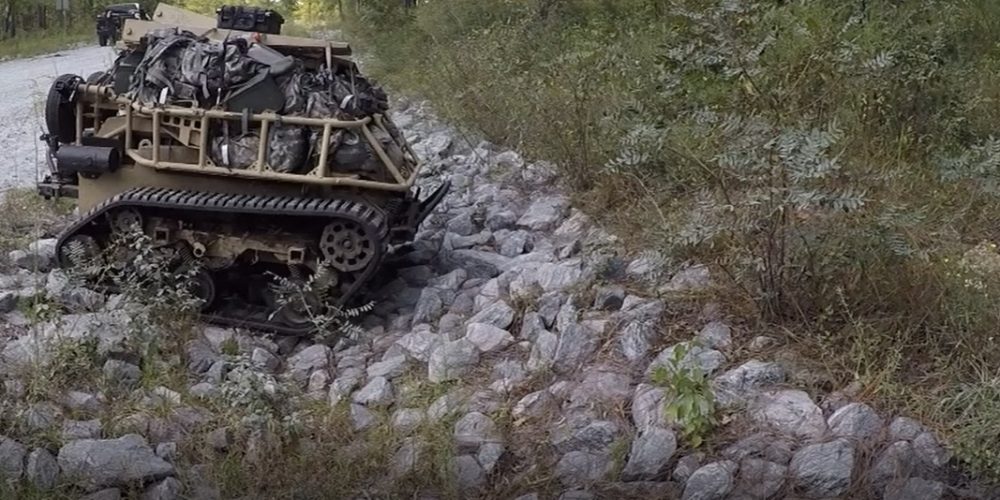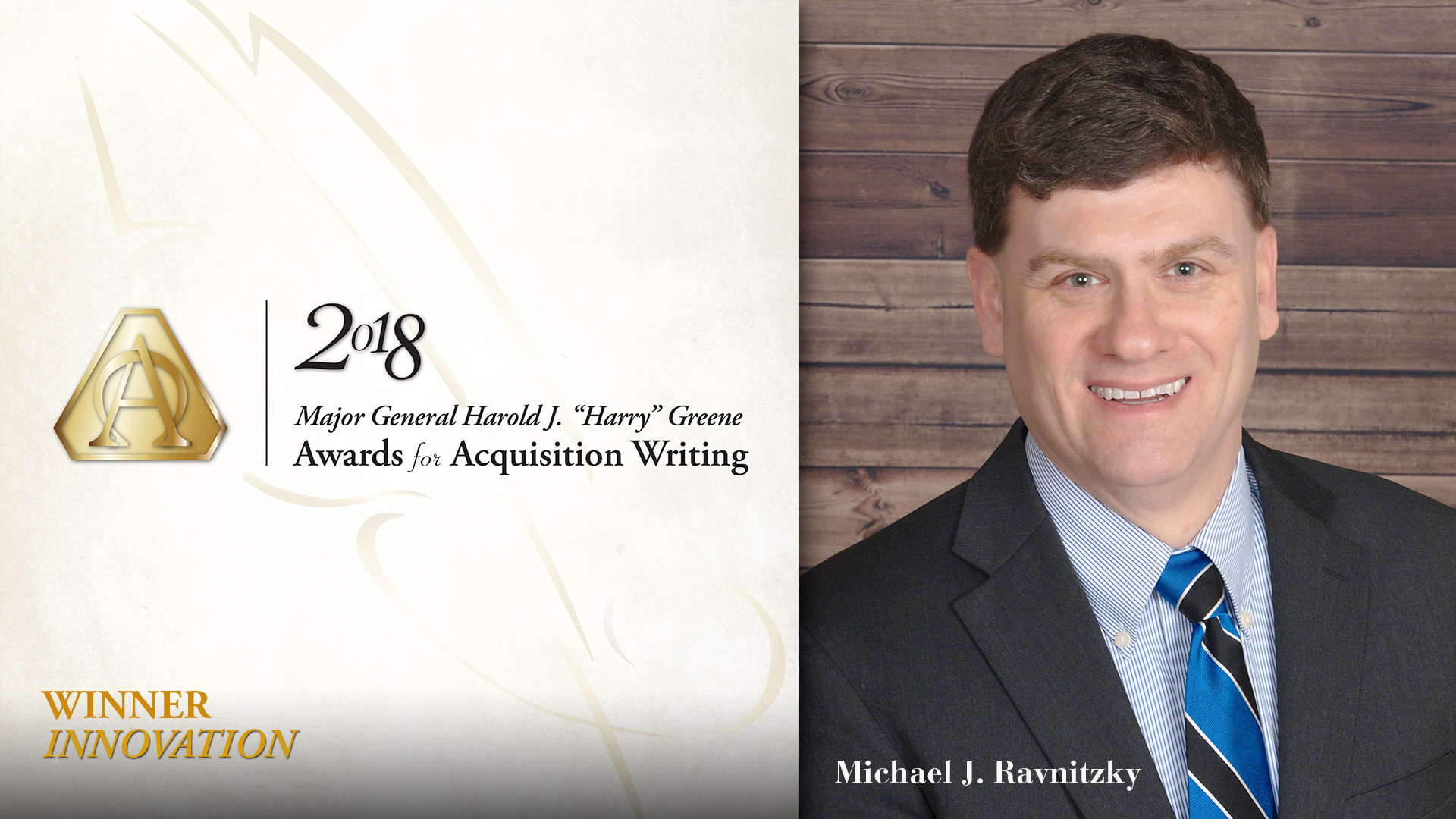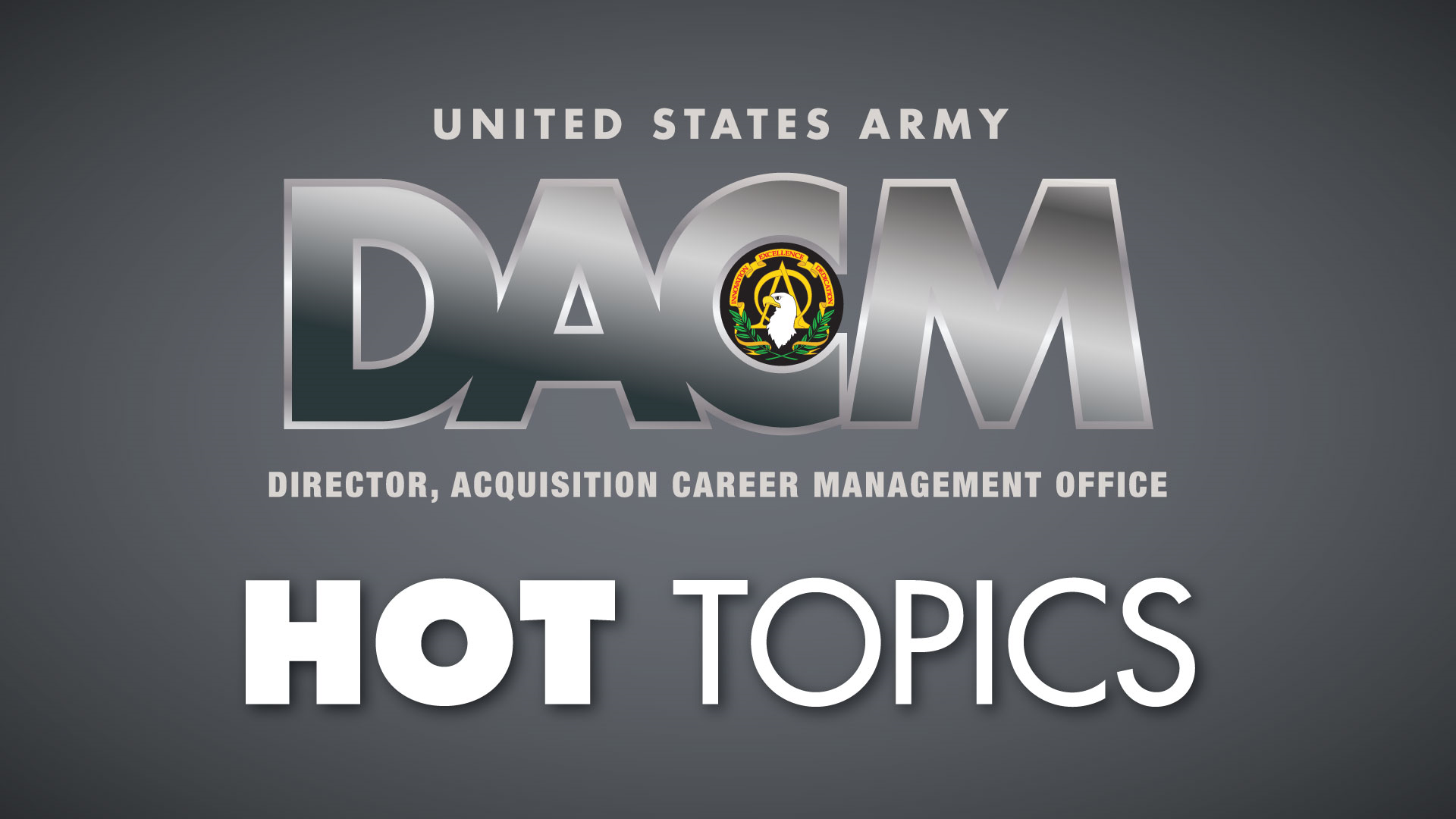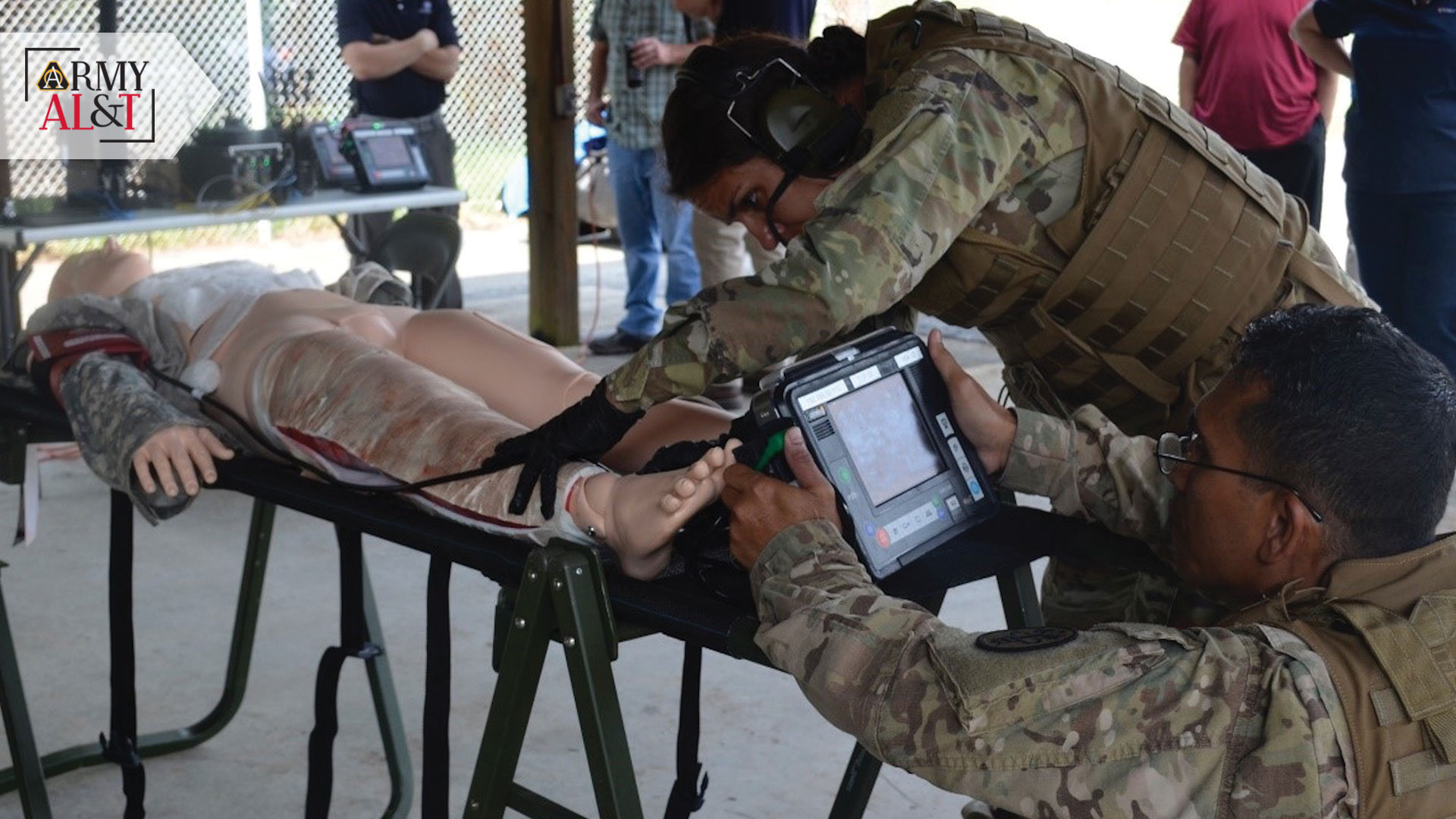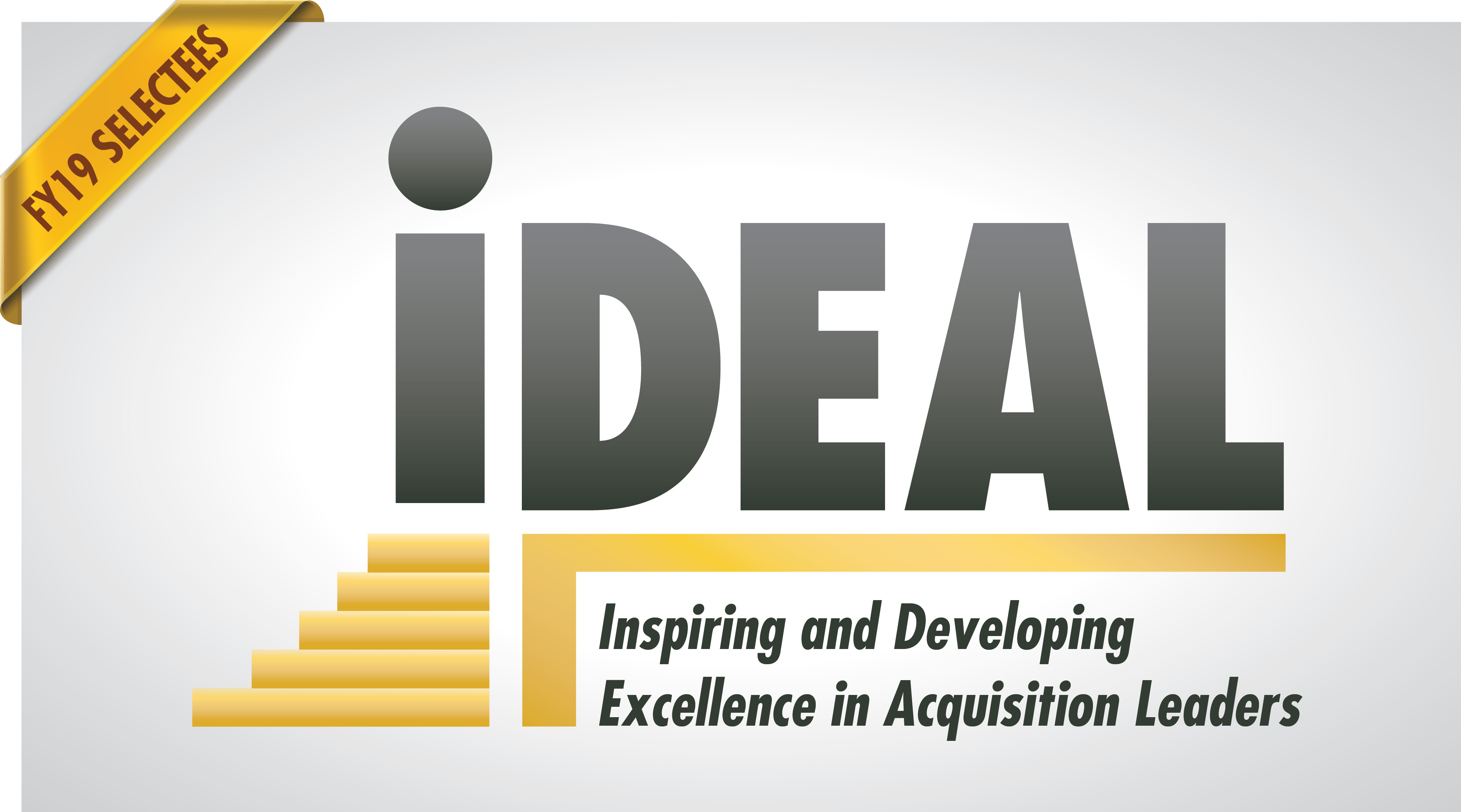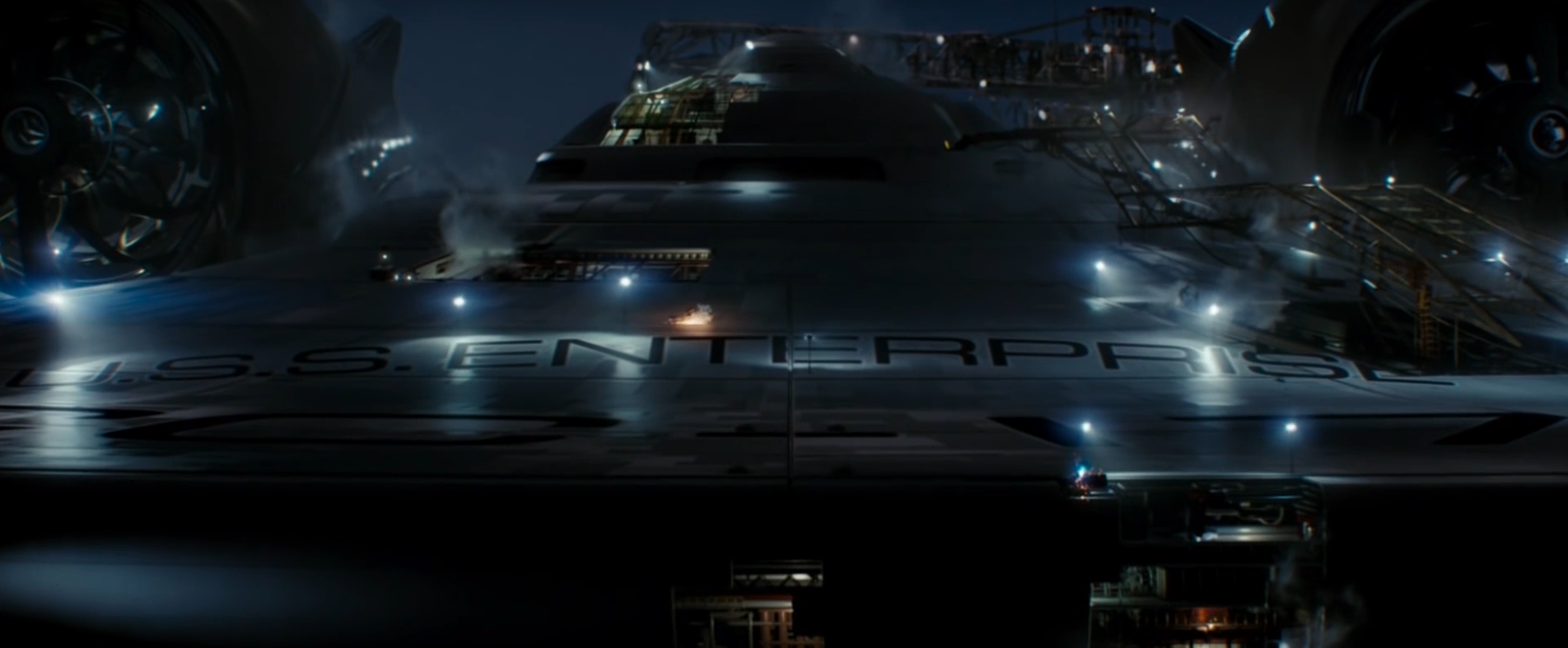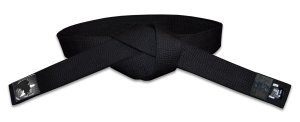Lt. Col. Jeffery W. Jurand
COMMAND/ORGANIZATION: Product Manager for Heavy Tactical Vehicles, Project Manager for Transportation Systems, Program Executive Office for Combat Support and Combat Service Support
POSITION AND OFFICIAL TITLE: Product manager, Heavy Tactical Vehicles
YEARS OF SERVICE IN WORKFORCE: 11
YEARS OF MILITARY SERVICE: 21
DAWIA CERTIFICATIONS: Level III in program management; Level II in engineering
EDUCATION: Master of Engineering in project management, University of Maryland, College Park; B.S. in engineering science, Vanderbilt University
AWARDS: Bronze Star, Defense Meritorious Service Medal, Meritorious Service Medal (3), Army Commendation Medal (2), Army Achievement Medal.
by Susan L. Follett
As far as jobs go, Lt. Col. Jeffery Jurand’s is pretty important. Without the equipment managed by his team in the Product Manager for Heavy Tactical Vehicles, the Army would be unable to get to the fight or sustain itself during battle.
Jurand is product manager for the program, which is assigned to the Program Executive Office for Combat Support and Combat Service Support. It includes heavy wheeled logistics vehicles, trailers and recovery systems that move combat vehicles to tactical areas, provide over-the-road line haul and tactical supply distribution, move heavy engineering equipment to maintain and improve infrastructure, and recover catastrophically damaged wheeled vehicles.
“When I tell people what I do, most are surprised by the amount of money the team executes on an annual basis—nearly $350 million,” said Jurand. “The next most surprising aspect is the sheer scope of the number of individual programs we execute. The scale ranges from rapidly prototyping new heavy trailers using other transaction authorities for an urgent requirement, to standing up new production lines at a government arsenal for multiple armor kits, to procuring heavy trailers and recovery systems, and ongoing recapitalization of our largest fleet of vehicles.”
One of his biggest challenges “is just keeping everything straight in a portfolio of programs,” he said. He currently tracks roughly 13 efforts with funding lines that are all either programs of record, rising programs or parts of other programs that are treated as independent programs—add-on armor kits, for example. “Then there are efforts to support other programs that involve our platforms. Next comes the modernization of the fleet I currently manage and trying to think forward: see where industry is heading, work with the operational community to ensure they are aware of the state of the art in industry. It can be pretty taxing, mentally.”
How does he keep it all straight? Planning and delegation. “I believe in the principle that at this level, centralized planning enables decentralized execution. By that I mean that collaborative planning with all key functional stakeholders and key enablers—legal and contracting staffs, typically—has a better chance of creating a synchronized plan where everyone understands how and when their inputs are needed to make the projects work.” Jurand approves the plan once it’s in place and leaves it up to subordinate leaders, generally assistant project managers, to execute accordingly. The team synchronizes and tracks operations through an integrated master schedule. “I tell subordinate leaders that they have freedom of maneuver to coordinate up to and including the O-6 [colonel] level in order to execute their programs and to use me as needed to overcome obstacles in the system,” he said.

With Lt. Col. Jurand at AUSA in 2018 are Maj. Eric Lewis and then-Capt. Katie OBrien, both assistant product managers in the Product Manager for Heavy Tactical Vehicles. (Photo courtesy of Maj. Jurand and Mack Defense LLC)
“I’ve come to terms with the fact that I cannot be everywhere and know every detail about each program,” Jurand added. “It also has forced me to accept decisions made by others that I wouldn’t necessarily make but keep within the intent of the program. As long as subordinate leaders stay aligned and generally follow the plans, the ‘how to get there’ and the micro-decisions and trades are theirs to make—and mine to accept and support.”
Jurand came to acquisition 10 years ago, following 11 years as an armor officer. “I pursued engineering and project management as an undergraduate, so program management appealed to me,” he said. His first assignment took him to the Sensors and Electronic Devices Directorate within the U.S. Army Research Laboratory, where he worked with scientists and engineers to evaluate counter-improvised explosive device (IED) equipment procured by the Joint IED Defeat Organization. His assignment culminated with rapid contracting and subsequently assembling and leading teams into Afghanistan to field handheld metal detectors. “What was most appealing about that first experience was merging my combat experience, Army leadership background and formal education with an immediate operational need and providing equipment to Soldiers,” he said. “It was formative in that it provided a very early, concrete example of the range of acquisition activities and their importance to Soldiers and units.”
His second acquisition assignment was with the PEO for Ground Combat Systems, where he served as an assistant product manager for the Ground Combat Vehicle Program. He spent three years in the position, “which provided additional grounding in the more formalized and highly bureaucratic acquisition system. I was fortunate to be given a series of special assignments by the O-6 PM at the time, which exposed me to the formal process and the importance of key stakeholder engagements within the Pentagon,” Jurand noted.
That position led to a broadening assignment with the Joint Special Operations Command J-8 Directorate at Fort Bragg, North Carolina. That work “further cemented the importance of critical and creative thinking and the importance of close user involvement in all aspects of the acquisition cycle,” Jurand said. “It was where I learned how the [planning, programming, budget and execution] process works and how to make it work for you.”
Jurand has been with PEO CS&CSS since 2016, and he has learned a few things that he often passes along to junior acquisition personnel. “First, overcommunicate. Never email when you can call, and never call when you can walk down the hall. We operate a complex system of processes to get work done, and no two solutions are the same. It’s even harder to operate in that environment when you are starting from a different point of reference with stakeholders and teammates,” he said.
Also, keep learning. “The myriad rules and regulations and statutes surrounding our business is staggering. Nobody knows them all, or even knows all of them within their own functional expertise. Always seek to understand where the advice is coming from—a regulation or policy, for example—versus the heuristic of ‘the way it’s done.’ You may be surprised what you find, and your team will learn something in the process.”
Lastly, look outside your assignment. “If you limit yourself to your job scope, you can miss opportunities to expand your personal knowledge, build relationships, and see, communicate, and solve problems that the larger Army or senior leaders haven’t even noticed yet.”

